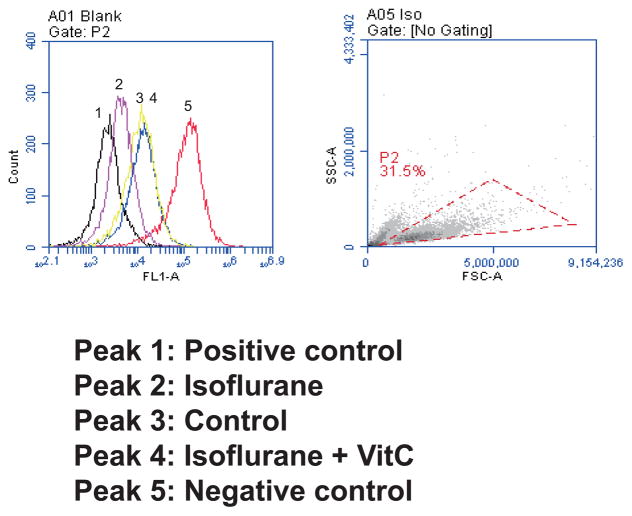Figure 3. VitC attenuates the isoflurane-induced opening of mitochondrial permeability transition pore (mPTP) in B104 cell line.
Left panel: Flow cytometric analysis shows changes in mitochondria of B104 cells stained with calcein AM or calcein AM plus cobalt, which indicates mPTP opening. Peak 1, positive controls in B104 cells; peak 2, B104 cells treated with calcein AM plus cobalt and 2% isoflurane; peak 3, negative control (treatment of calcein AM plus cobalt); peak 4, the treatment of 2% isoflurane plus 400 uM VitC with calcein AM and cobalt. Peak 5, calcein AM treated B104 cells. The treatment of 400 uM VitC attenuates the isoflurane-induced opening of mPTP, as demonstrated by the position of the peak of 2% isoflurane plus saline treatment is shifted to the right following the 400 uM VitC treatment. Right panel: Dead cells and debris were excluded from analysis by gates set on forward and side angle light scatter. Stained cells were chosen by the red dotted triangle. mPTP, mitochondrial permeability transition pore; VitC, Vitamin C.

